 Where there is light, there is shadow… and where there is shadow, there must be light.
Where there is light, there is shadow… and where there is shadow, there must be light.
If there is one central psychological paradox that flummoxes most humans, it is this: our greatest virtues and our worst flaws are inextricably connected. They are two sides of the same coin.
Archetypes are universal images that according to psychologist Carl Jung, form the basis of all our instinctive, unlearned behavior. As you’ll discover below, every archetype has positive and negative traits . These negative aspects, the “shadows” of our persona represent emotional blindspots– they are our excess baggage, the passions and tendencies by which we self-sabotage.
Following my written work on the 7 feminine archetypes and the personality assessment, I began receiving letters from women all over the world who felt that their “shadows” kept showing up uninvited, like reckless party crashers, and were preventing them from achieving their personal and romantic goals. With that in mind, I penned this explanation of the 7 feminine archetypes and their shadows in order to help women recognize the source of their darker side.
The goal is not to escape your darkness. You can’t.
True to form the shadow is always with us. It is an inescapable extension of our light. You can not choose what archetypes show up in your life and instinctively “demand their due”, but armed with information, you do get to choose how you act on them.
Most of us will spend a lifetime trying to minimize, or hide, our darker qualities from the world. We show up for dates and job interviews desperately trying to be someone else. We wear masks. We develop defense mechanisms and enter perennial states of denial. We fear that these flaws make us unlovable, failures even, when in reality, your flaws make you you.
You are your darkness and your light. You are both sides of Janus. Your shadows emerge in instances of extreme polarity– when your virtues run amok, unchecked by balancing qualities. This is how creative passion can torpedo into destructive rage, or how healthy ambition can devolve into crippling perfectionism.
Personal power is being able to choose between dwelling in darkness and dancing in light.
The Sage
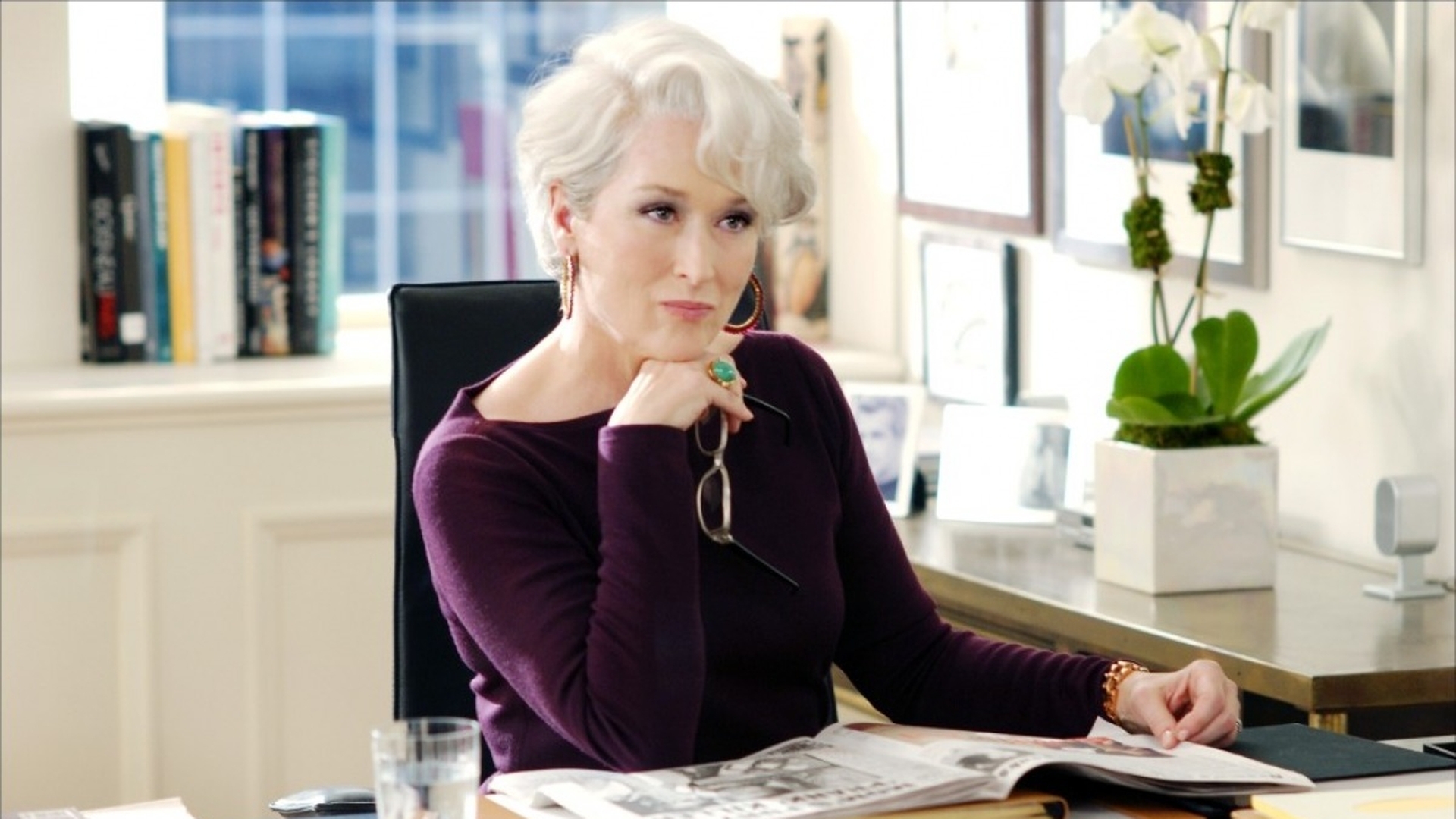
Like the ancient Sumerian goddess Inanna, a woman that identifies with the sage archetype is driven by the pursuit of knowledge and proximity to power. She is equally at home in her feminine anima and masculine animus— hence, more than other feminine archetypes, she is likely to enjoy being in the midst of male action and power. The sage archetype is proof that pragmatic, powerful women are not acting like men— rather, they are embodying feminine power, as the strategic, wise sage archetype is a reoccurring figure throughout human history. Among her virtues are strategy, discipline and emotional objectivity.
In the shadow, the sage woman so identifies with her masculine animus that she comes to protect patriarchy and misogyny. She resents women who express their own sexual agency, and she even suppresses the creative and feminine aspects of herself. Many sage women struggle with vulnerability, emotional and sexual expression. In the shadow, the sage uses her emotional distance as armor and struggles to empathize and form genuine relationships. This may manifest as stalled or strained with relationships with lovers, friends, and even children. She may be destructively competitive, obsessed with perfection, judgmental and potentially cruel to other women.
The Huntress

Independence is the huntress’ hallmark, and it may take multiple forms— she may strive for financial and emotional independence, or even personal freedom from popular ideas, modes of behavior and trends. She is her own person, and this self-possession is a virtue. Like the sage, the huntress thrives at execution and emotional objectivity. Unlike the sage, she is fundamentally opposed to patriarchy. She is a vessel of ‘feminine passion’ that may present as a competitive spirit, athleticism, robust sexuality or even a willingness to ardently champion causes that are close to her heart. She is self-sufficient, bold, courageous, adventurous— she embodies action. The huntress makes her life happen.
Over identification with the Huntress brings about her shadow. In this state a woman desperately avoids expressing any form of vulnerability. This emotional independence can be absolutely enthralling to men at first (see the coquette) but in the absence of any emotional capitulation, the Huntress-driven women will struggle with intimacy, and encounter men who regard her sole as a ‘sister’. Coquettes (dominant Huntress) are some of the most seductive women on the planet, but they are not maestra’s of withholding emotional gratification— they are simply experts at delaying it!
In the shadow, the Huntress’ passion transforms into rage, and a woman who experiences this aspect of the archetype may be subject to bouts of cruelty, uncontrollable anger, and vengefulness. Working in the light, a huntress may turn apoplectic over a perceived injustice, but she quickly channeled her anger into positive action. In the shadow , this anger doesn’t serve a higher purpose— it manifests as desultory rage. Her healthy competitive spirit, in the shadow, exists as a need to win at all costs, which can also drive her towards destructive aggression.
The Mystic
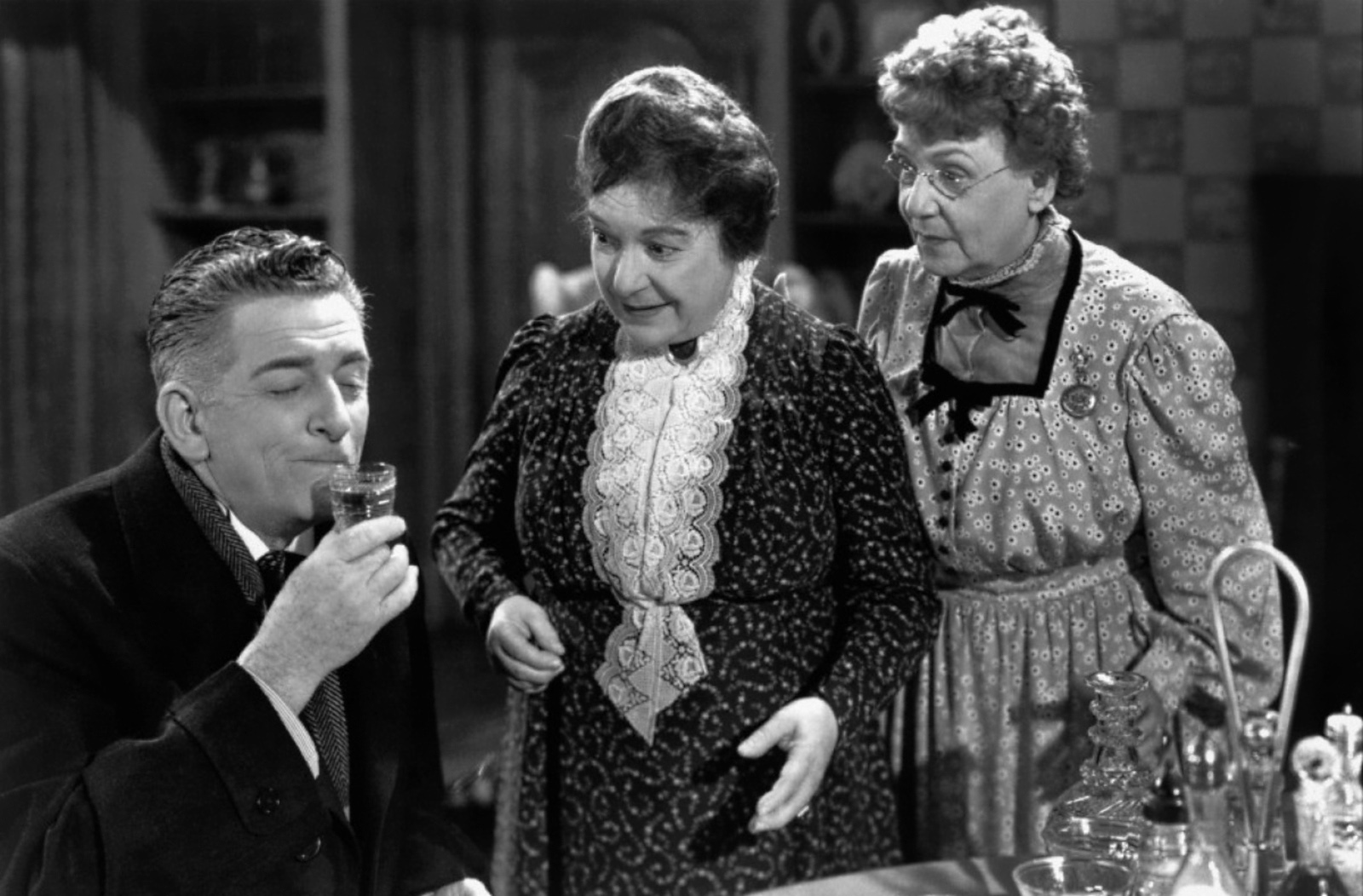
In a world brimming with distraction, the mystic strives for inner-peace. Where as the sage and huntress are motivated by external goals, the mystic is motivated by personal fulfillment. Her quiet beatitude and extreme self-possession are her shining qualities. Her identity is not based on external qualifiers, like recognition or reputation, rather her personal sense of completeness. Operating in the positive realm, Mystic women are wise, and capable of seeing the sacred in the mundane. They have a talent for transforming a house into a home, and find fulfillment in acts of service. She is patient, a wonderful listener, and devoted to any task she endeavors. Uneasily shaken by life’s travails her soulful presence feels like home.
When a woman is operating in the Mystic’s shadow, she becomes so introverted and internally focused that she is incapable of intimacy and emotional expression. Even when she genuinely cares for a person, she will struggle to demonstrate her regard, thus putting strain on the relationships she holds dear. A mystic woman may appear remarkably cold, frigid and unmoved. She can be so adept at feeling at home within her self that becomes a prisoner in her own body, unable to escape the internal focus and embrace the people and experiences about her. She may lack assertiveness and be all thought–no action.
The Queen
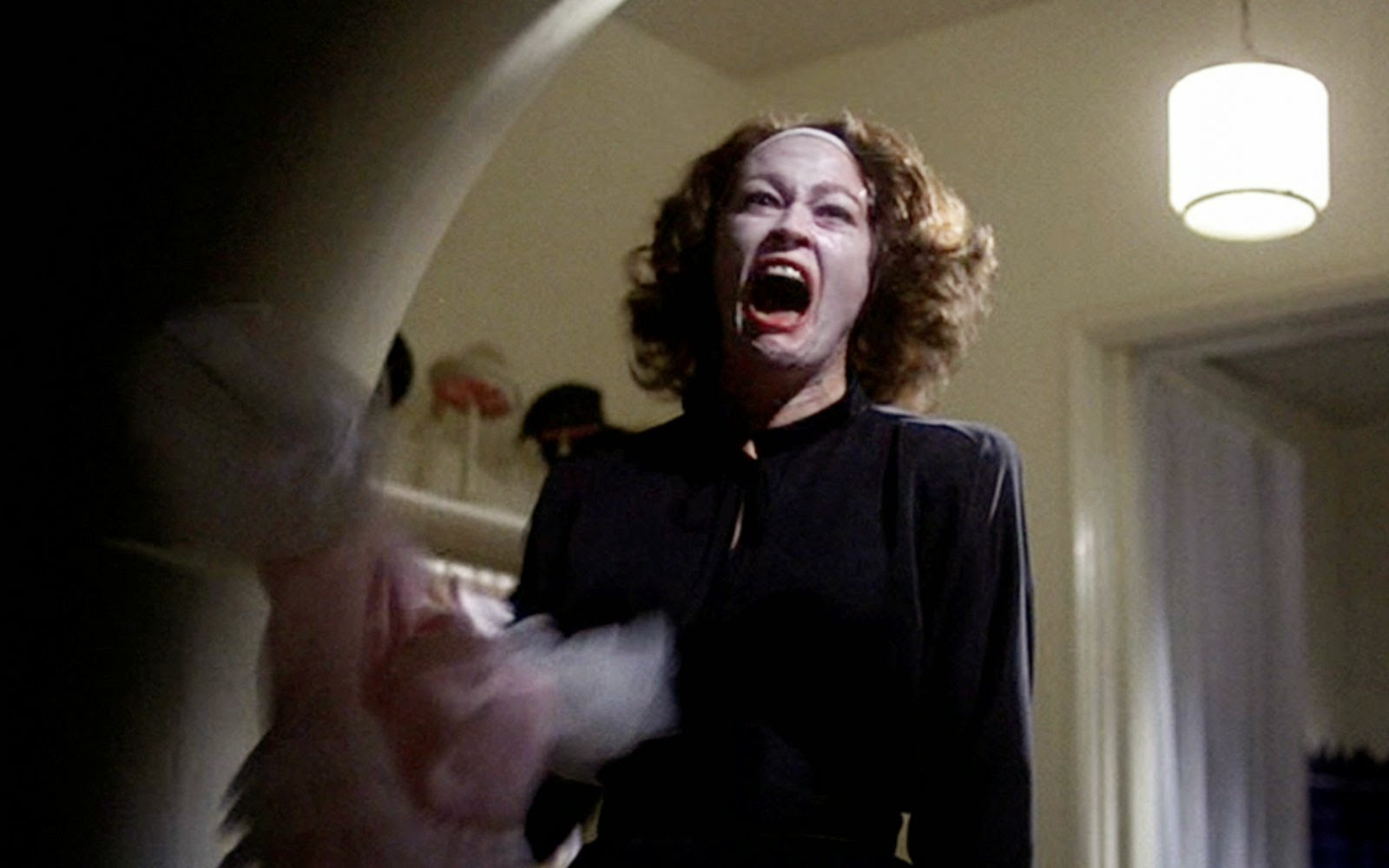
At the most basic level, the queen archetype represents a woman’s yearning to be a wife. Queens uphold the sanctity and integrity of marriage as an institution in contemporary society, but to limit her virtues to the uxorial would mean reducing her identity to a mere creation of patriarchy. The queen is so much more than that. Among her most apparent strengths are loyalty, commitment, emotional resillience and the almost magical potential to divine a man’s potential. Queens, perhaps better than any other archetype, can help a man shape his hopes and dreams into reality.
On a deeper level, the queen represents feminine power and our unique capacity for conscious leadership. When women marry the feminine principal and power, the outcome is remarkable. Women are capable of leading in a way that sustains life, creativity and conservation. Queen women are natural born leaders, though not solely in the boardroom. Her leadership skills may be put to good use within the home, her community or within her social circle. Queen women who embody the ‘light’ of their archetype excercise their power in yin ways. She resorts to charm, persuasion and diplomacy— soft power tactics– rather than coercision. Similar to the way a queen moves in any direction on a chessboard, queen leadership is soft, diffuse—- difficult to block and difficult to see coming. Many of the world’s great feminine leaders identify strongly with the positive aspects of this archetype.
When a woman is operating in the queen’s shadow, she aspires to a position of power, but at the expense and to the detriment of others. Shadow queens can be judgmental, shallow, image-conscious, jealous and horribly vindictive. When queens experience pain or a personal slight, their anger turns to uncontrollable rage. Operating in the shadow, queens are driven towards revenge, even if it means the destruction of every thing around them. As wives, queen women who overly identify with the archetype will struggle with personal boundaries and sexual agency. She is likely to view sex as a wifely duty rather than as a pleasurable experience for herself. She may value her queen position so much that she is terribly jealous of any woman she perceives as a threat. In the shadow, queens lose their identity in relationships and feel compelled to stay in troubled, even abusive situations for the sake of commitment.
The Mother
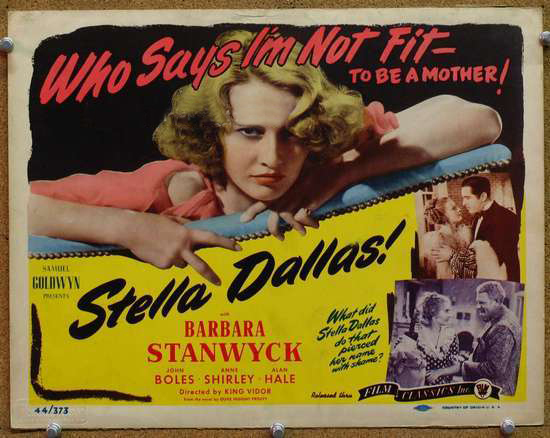
The mother archetype represents a woman’s maternal instinct and predisposes a woman to assume the role of nurturer and caretaker in her relationships. In the light, these women are rooted, down-to-earth, and natural providers of emotional and physical sustenance. They are extraverted, principled and they give of themselves generously. Think of the “office mom” who always remembers her co-worker’s birthdays, or the friend who makes sure that everyone is okay during a night out. Mother women feel a strong call to actual motherhood, but they ‘mother’ in all aspects of their lives. This process of protecting, supporting and honoroing the individuality in others is a shining virtue, though our society often overlooks its value. Mother women are often described as warm, inviting and authentic. They are responsible, stable, and naturally make people feel comfortable around them.
In the shadow, this same archetype compels a woman to feel possessive, forming her identity so concretely around her role of caretaker that she becomes terrified of losing her literal or symbolic ‘children’. This may present as the over-controlling mother who resents her child’s burgeoning independence, or even the over-bearing friend. When faced with abandonment, a dark mother may do anything to maintain the umbilical chord, including manipulation.
In the shadow, this archetype struggles with exercising her sexual agency and personal boundaries. When overwhelmed by the archetype, she struggles to say ‘no’, often giving of herself to the point of resentment. The shadow mother feels devastated when relationships end and is preoccupied with fears of abandonment. She needs to be needed. She tells herself that others can’t live without her, but really she can’t live without them.
The Maiden

Of all the archetypes, the maiden woman is most inclined not to act, but to be acted on. The archetypal young woman, maidens have extreme depth but they often have to mature before they can experience the full potential of their archetype. Her personal journey mirrors that of the greek goddess Persephone. Persephone, the sheltered daughter of Demeter is abducted by Hades, God of the underworld. She ultimately marries Hades and becomes Queen of the underworld, dividing her time above and below ground. This existance above and below ground represents the literal split between ego and subconscious, naif and crohn. The maiden is a pure child and wise-woman all in one, and she will usually spend the better part of her young adulthood learning to integrate her two natures.
Among her virtues are a life-long effervescence—even when the maiden ages, there is something youthful and ebullient about her spirt. She is receptive, compassionate and a natural empath. She is highly creative, intuitive and able to divine the deeper, spiritual meanings of life’s events. Working in her light, her openess gives her tremendous power. She has the ability to lower defenses, with her unselfconcious charm, thus making her naturally, and quite powerfully seductive.
In the shadow, maidens have yet to fully reach their queen state. They are stuck in their Kore (child-like) state, and thus are drawn to codependent relationships, much like the one between Demeter (the mother) and Persephone. She is excessively compliant, lacks personal boundaries, and may lead a Peter-Pan like existence— that is an extended adolescence where she is waiting for something to happen to her life. The maiden’s shadow prevents her from taking deliberate actions and making empowered decisions that move her life forward. Undeveloped maidens lack direction and often feel paralyzed by fear of commitment.
Maidens may feel drawn to abusive relationships that further reinforce her co-dependent natures. Maidens are highly supsceptible to periods of darkness and depression. They may also behave erratically and rebelliously, like a troubled teen. This is another aspect of being locked in a child-like state. In this case she may break rules and social norms, take destructive risks, and manipulte those around her.
The Lover
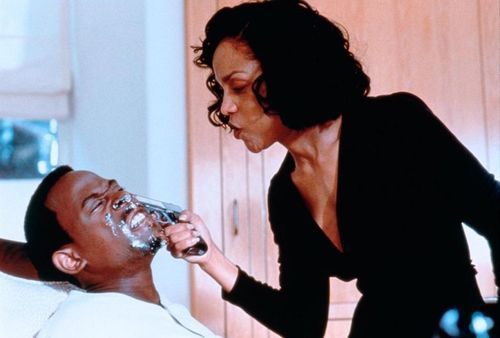
The lover is the most instinctive feminine archetype because it represents the erotic impulse that inspires procreation. The lover archetype endows a woman with a highly charged magnetic energy that empowers her to create, transform, and attract. It is a divine spark. As I’ve written about before, this primordial energy is accessible to all women, even those who are not governed by the archetype. It is the energy that emerges whenever we feel creatively inspired or intimately aroused. The entire process of falling in love, or even in lust, is ruled by this archetype.
Women influenced by the lover, like the Greek goddess Aphrodite, are firmly rooted in their sensuality. More than any other archetype, they possess sexual agency— that is the ability to take pleasure in sensual experiences. Lover women can be delightfully spontaneous, charming, and excel at different forms of creative expression. Lover women thrive on connection, her presence adds vitality and emotionality to relationships— however, unlike the mother, queen and maiden, she doesn’t define herself based on her relationships. She is her own person, and has no problem putting her needs first. Self-care is her domain.
In the shadow, the lover loses her self-sufficiency, and comes to rely solely on her connection with others for validation. In this vein, she may feel irreparably wounded following a heart break, or she may even behave like a ‘drama’ queen, courting attention in anyway possible just to feel a connection with others. Working in the negative, lover women can be vain, irresponsible, noncommittal, narcissistic, and drawn to emotionally lopsided relationships with complex men. The lover’s creative passion can overwhelm her, causing her to fall in love hard and fast, without the emotional objectivity required to make mature decisions. Their fragile egos also cloud their better judgment.
Such a woman may leave a string of bad romances and unfinished projects (projects she fell in and out of love with) in her wake. She may act tempestuously, a slave to her emotions, rather than as bold siren who can confidently move between the depths and air.
For a better understanding of the archetypes shaping your life, take my one-of-a-kind 13 Feminine Seduction Archetypes™ questionnaire. Your results will provide a snapshot of the dominant archetypes that are currently shaping your life, and lead you to your ‘seduction archetype‘ which represents the unique way that you captivate.
With love and light,
Ayesha
The founder of Women Love Power®, Ayesha K. Faines is a writer, media personality, and brave new voice for feminine power and social change. Sought after for her provocative insights on culture, mythology and gender politics, she has been featured on MTV, Essence, Entertainment Tonight, The Michael Baisden Radio Show, AfroPunk, and Time among other media outlets. She’s traveled the world lecturing before a number of universities, and she pens a column for Zora Magazine that explores the intersection of love and power. She is best known as a featured panelist on “The Grapevine”. Ayesha is a graduate of Yale University and a former television journalist.